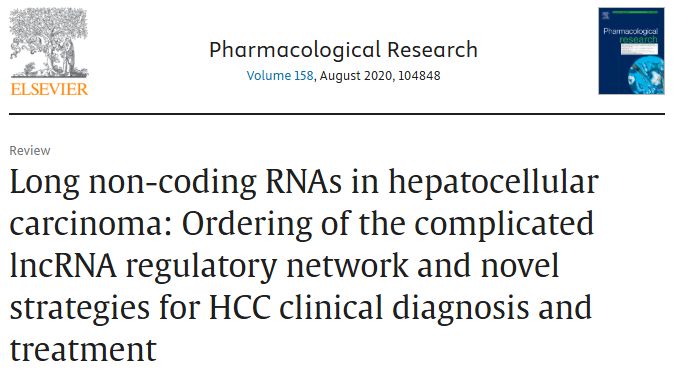HCC model STAM in review paper [Liu et. al Hepatoma Research 2020;6:7]
STAM™ was originally developed as a NASH model, but with a 100% incidence of HCC as early as 20 weeks, it is also an excellent platform for oncology research and therapeutic development.
A recently published review article by Liu et al. in Hepatoma Research overviews currently available murine models for HCC, and outlined the following advantages of the STAM™ model.

Replicability to human disease
While DEN tumours were said to be the least similar, STAM™ tumours were found to be the most molecularly similar to human HCC – particularly high-grade, proliferative tumours with poor prognosis.
STAM™ tumours were also characterized using clinical parameters via microCT, and were determined to be equivalent to stage B or C in the Barcelona Clinic Liver Cancer staging system in humans.
Genetic similarity
A similar rate of CTNNB1 mutations to that of humans is seen in STAM™ tumours, as well as TP53 mutations – the most frequently altered genes in human HCC.
Rapid tumor development
STAM™ mice develop naturally-occurring HCC in half the time of other models with similar clinical relevance (20 weeks and 40 weeks respectively).
Platform for liver cancer research
The STAM™ model is also being utilized as a platform for breakthrough oncology research, such as Shalapour et al.’s discovery that NASH-based hepatocarcinogenesis is facilitated by resident IgA+ plasma cells, which directly inhibit activation of anti-tumor cytotoxic CD8+ T lymphocytes.
The paper concludes that the complexity of HCC and its background liver disease makes it almost impossible to replicate in a single mouse model, and that a combination of models is necessary. So, why not consider the STAM™ model as part of the combination for your cancer research and development projects?
